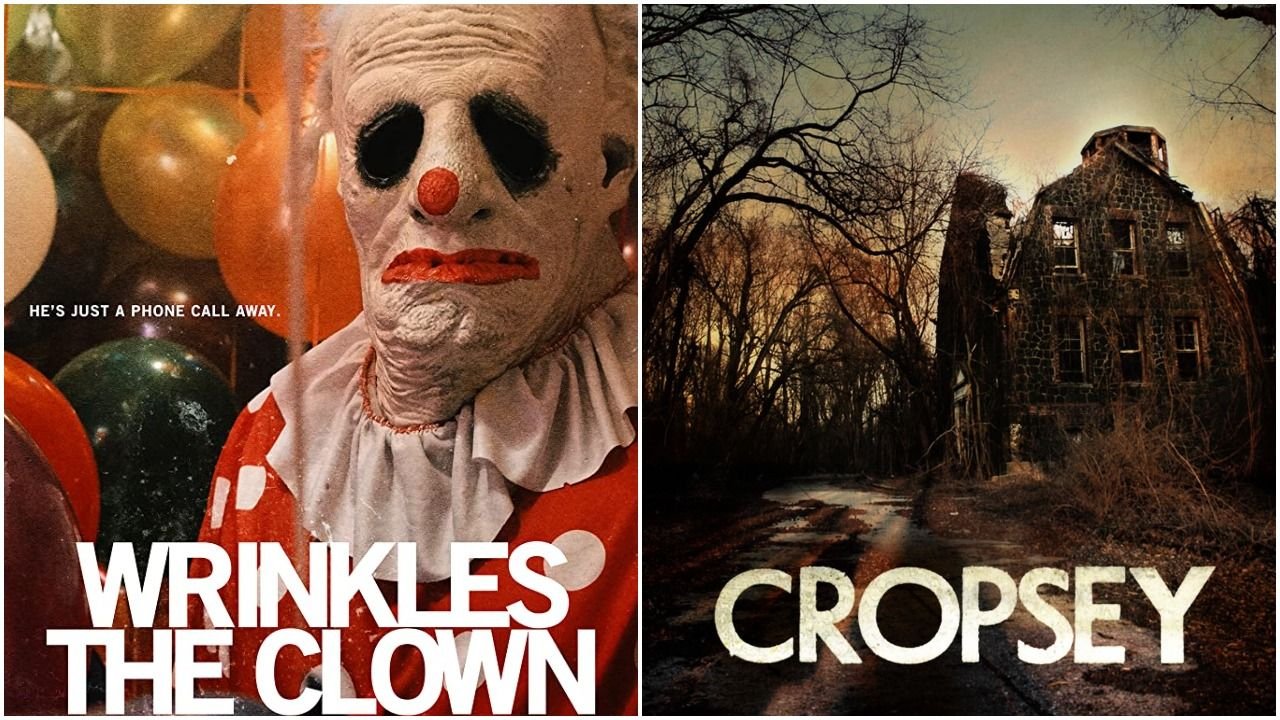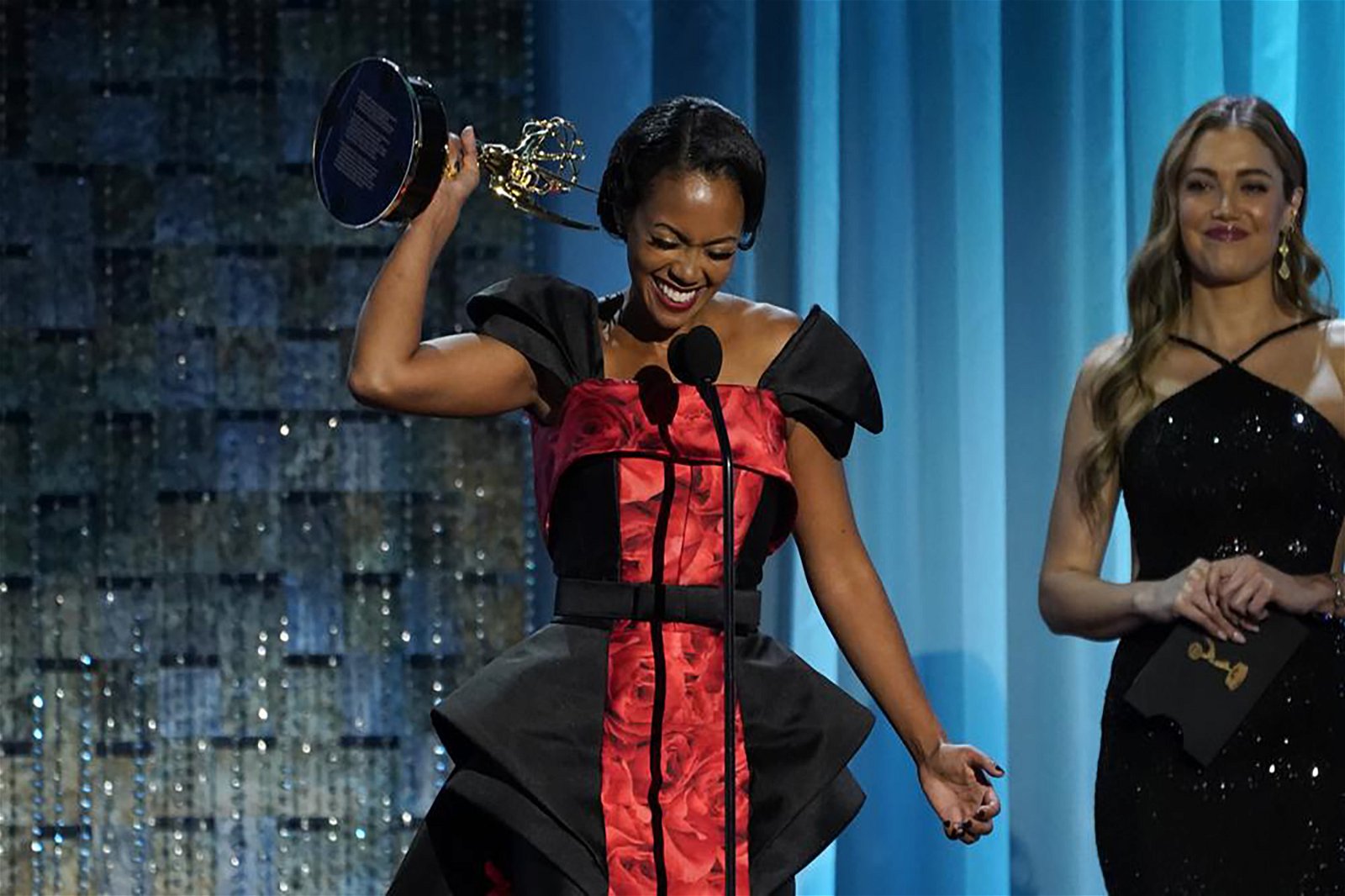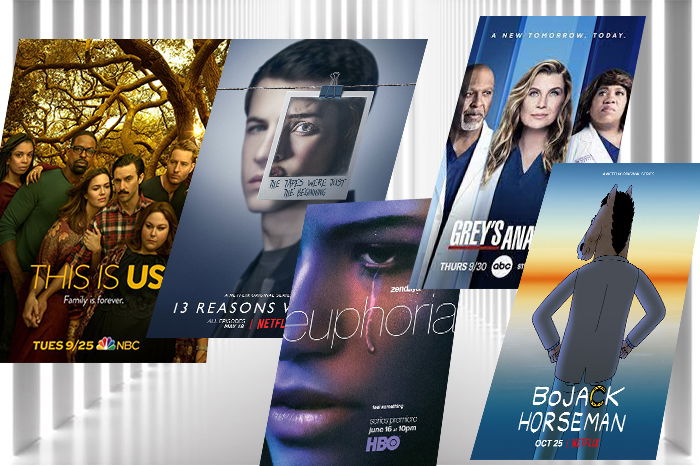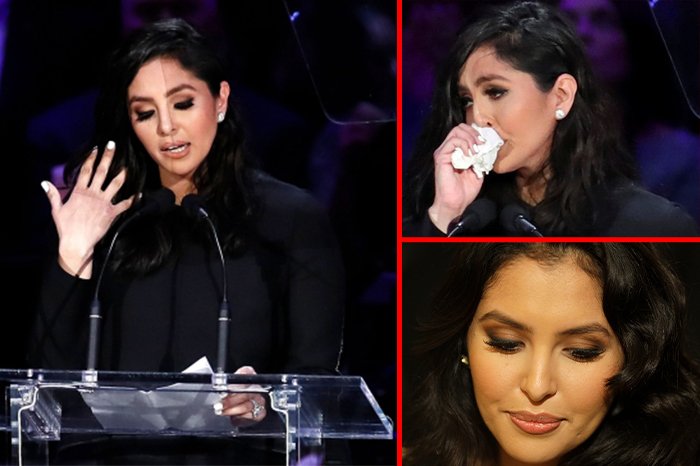 Horror document series reveal the inside workings of these horrifying movies; Credits: Cosmopolitan
Horror document series reveal the inside workings of these horrifying movies; Credits: Cosmopolitan
The horror genre is quite an extensive minefield of some of the most well-curated films and series of all time. From paranormal, supernatural, slasher films, and thrillers, there is so much that the genre offers, along with the paranoia that you get after watching a specifically scary movie.
If you love watching horror movies but are always scared of facing the aftermath of indulging in a good scream-inducing movie, it would be great to see the behind the scene workings of these films. Seeing how things go behind the screen can help take away the fear as you could assure yourself that whatever creepy horror you saw on the screen was simply camera tricks.
Following is a list of some of the best document series based on the working of the horror genre. The documentary features big-name creators who have forever changed the way the audience saw slasher or horror flicks and helped influence the genre into brilliance.
With special credits to John Carpenter, George A. Romero, Tony Todd, and Betsy Palmers, you will get to see how they came across the genre and created so many unique ways to present horror in modern-day entertainment. Here is all you need to know about horror films and all that has ever gone into the making of the genre.
Nightmares in Red, White, and Blue: The Evolution of the American Horror Film (2009)
Life and art have always been connected and the fears of real life always find their way to your TV screens. If you look back with a watchful eye, it is easy to see that the fears of the American society frequently saw themselves, becoming the stuff of nightmares in the jolt shock films that we identify as horrors.
With the threat of power plant radiation increasing back in 1954, the horror genre brought forward Them!, a film showcasing giant ants as the forebears of evil. Then there is The Stuff from 1985, which is clearly a targeted attack against consumerism.
Xenophobia and torture porn found a new meaning with the onset of The War on Terror, inadvertently helping in the making of films such as Hostel in 2005. America has always been ready to fight its demons, and these issues become all the more manageable when shown as physical entities of horror.
The docuseries features narration by Lance Henriksen and explains the development of the genre as the time passed from the 20th century to the onset of the 21st one at the beginning of the 2000s. The series has different filmmakers add their own opinions about the genre and how they perceive it.
Nightmares in Red, White, and Blue: The Evolution of the American Horror Film reveals how Larry Cohen perceived the Phantom of the Opera, the 1925 film, and saw the horror as set in the last scare of the Phantom by Lon Chaney.
The film has a scene where the Phantom raises in his fist, making the mob think that they are going to be attacked by him and get scared. However, he didn't have anything in his hand to attack the group.
The docuseries features John Carpenter's view on the scene as he shared that the particular event showed how people respond when faced with difficult situations. Hence, the view justifies the ending of The Things.
Horror Noire: A History of Black Horror (2019)
Horror films have a particular bone to pick with the Black community and Horror Noire: A History of Black Horror sheds some light on the specific matter. The documentary features films from back in the time along with some new releases like Ganja and Hess, and a vampire horror Night of the Living Dead by Duane Jones.
The documentary features a special presentation by Tananarive Due, a film historian and an author, who explains how she has resonated with the horror film genre overtime or other insights she has into the topic. Then there is a talk by Rachel True from The Craft whose character was shown to deal with racism.
The experience made such an impact on her that she didn't realize when it started affecting her off-screen life. Other black characters have also faced similar issues where they were portrayed as the villain or the monster.
Slowly, the portrayal of black talent was upgraded to that of the sidekick and today there are films with Black characters in prominent roles in the horror genre, depicting well-curated roles and also as protagonists.
Yet, it is mandatory that the Black community be allowed a more central role in the genre. There are also out-of-the-box films like Get Out that help show a different aspect of the tale. It is worth mentioning that Black characters in horror films are often used as sacrifices to safeguard the life of the white character as done by Alfre Woodard in Annabelle who had drowned to her death, saving another character.
Apart from the onscreen depiction, there is also much required to bring forth the welfare of the Black community in the industry. When William Crain wanted to direct Blacula, he faced major resistance from the industry and was denied the machinery and tools he required for shooting the film again and again.
When one day he didn't receive a high-speed camera of choice despite having requested it days ago, he finally went to have a talk with the head of the AIP.
Going to Pieces: The Rise and Fall of the Slasher Film (2006)
The mass slasher genre bloomed quite a lot with films like Chainsaw Massacre and Scream. The document runs for 90 minutes and discusses the heightened interest of the audience for slasher films back in the 1980s.
Not only were the films in this genre impressively intriguing, but also managed to make quite a mark during their theater releases. The series features a talk by Slumber Party Massacre director Amy Holden Jones, who explained her view on slasher films.
Others to star in the series are Bets Palmer from Friday the 13th, who talked about her son Jason from the film, and Paul Lynch, who directed prom Night, starring Jamie Lee Curtis. The genre later gave rise to many sequels and an industry, which solely bloomed on the basis of big-name franchise productions.





